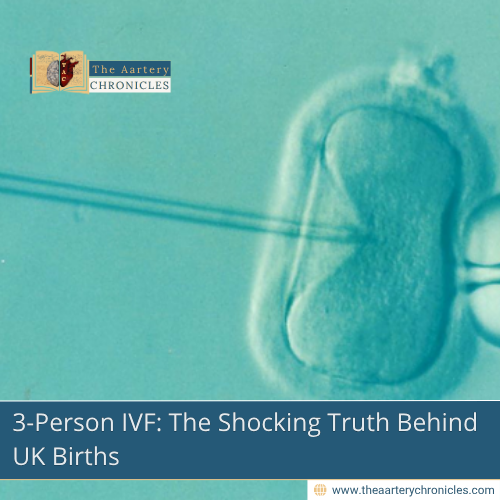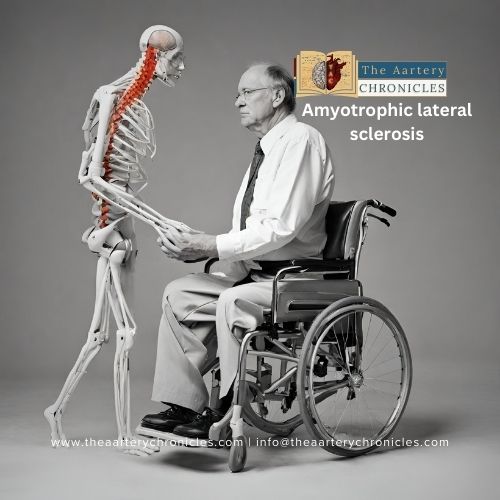

3-Person IVF: The Shocking Truth Behind UK Births
In a major step forward for reproductive medicine, eight children have been born in the UK using a new IVF method designed to prevent inherited genetic conditions. This technique, known as three-person IVF, has allowed parents to avoid passing on rare but serious diseases caused by faulty mitochondria, structures inside cells responsible for producing energy.
How the Procedure Works
Unlike traditional IVF, which uses the egg from the mother and sperm from the father, this advanced method uses genetic material from three individuals. Here’s how it works:
- The egg from the mother, which may carry faulty mitochondrial DNA, is fertilised with the father’s sperm.
- The healthy nuclear DNA (which holds 99.8% of a person’s genes) is then carefully transferred into a donor egg that has healthy mitochondria and its nucleus removed.
- The resulting egg contains the parents’ nuclear DNA and healthy mitochondrial DNA from the donor.
This prevents the child from inheriting mitochondrial mutations that can cause severe illness.
Why Mitochondrial DNA Matters
Mitochondria are like tiny power generators in each cell, supplying the energy needed for our organs to work properly. When mitochondrial DNA carries mutations, it can lead to life-limiting or fatal diseases, especially affecting the brain, heart, muscles, liver, and kidneys. These disorders are often incurable, making prevention the only real option.
Healthy Babies and Promising Results
The Newcastle University team reported that the first eight babies born using this method in the UK are doing well:
- One child is now two years old
- Two are between one and two years
- Five are still infants
All were born healthy, with very low or undetectable levels of faulty mitochondrial DNA. Early checkups show that the children are developing normally.
A Technique Not Without Controversy
While this treatment is legally approved in the UK under tight medical regulation, it remains banned in the United States due to ethical and safety concerns. However, the UK’s system requires close oversight of each case, ensuring the technique is used only when medically necessary.
A Long Journey to Success
Dr. Andy Greenfield, a reproductive medicine expert at the University of Oxford (who wasn’t part of the team), emphasised that this breakthrough was made possible by years of research, ethical debate, legal preparation, and public involvement.
“This isn’t just a scientific success it’s the result of thoughtful regulation, community input, and patient-centred care,” said Dr. Greenfield.
Conclusion
Although still in its early stages, this three-person IVF method offers a real lifeline to families affected by mitochondrial disorders. The successful births mark a new chapter in fertility treatment, showing how science can work hand-in-hand with ethics to improve lives.
Source: Inputs from various media Sources

Priya Bairagi
Reviewed by Dr Aarti Nehra (MBBS, MMST)
I’m a pharmacist with a strong background in health sciences. I hold a BSc from Delhi University and a pharmacy degree from PDM University. I write articles and daily health news while interviewing doctors to bring you the latest insights. In my free time, you’ll find me at the gym or lost in a sci-fi novel.








